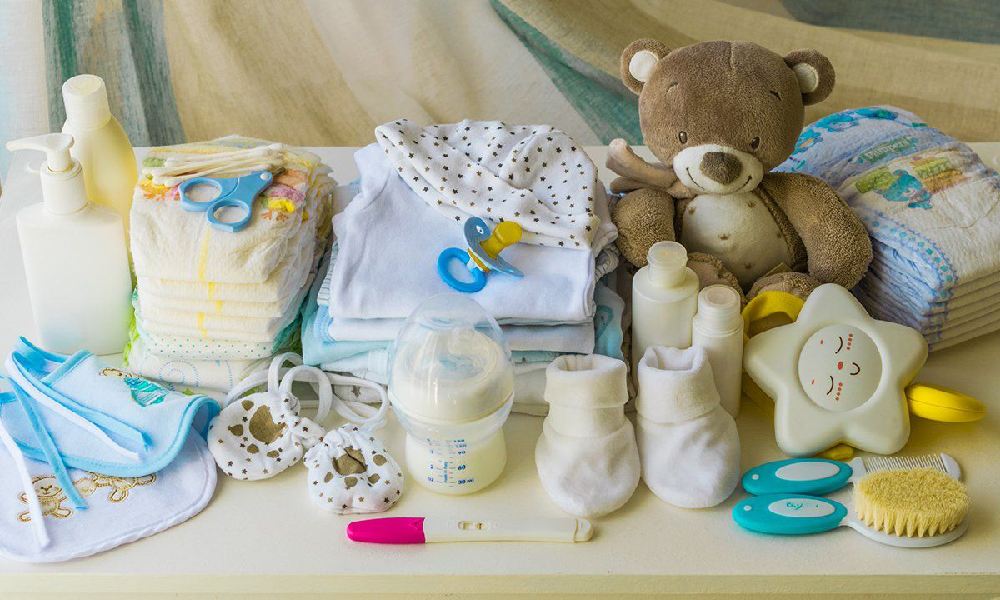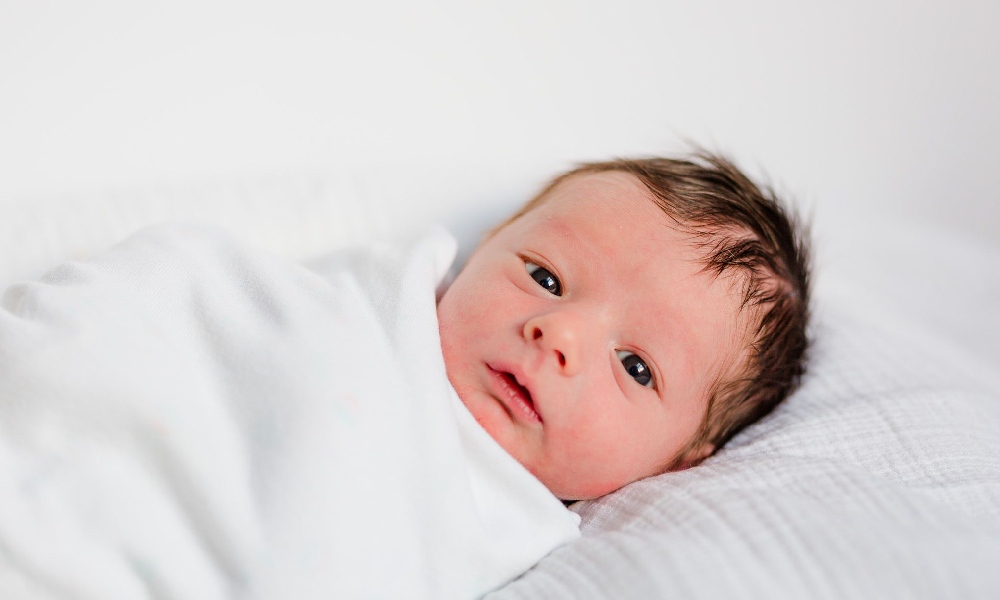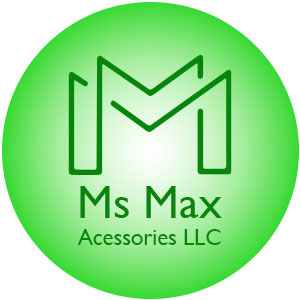Here are some important points to consider when buying items for a newborn baby:
1. Safety:
– Prioritize safety when purchasing baby products, such as ensuring car seats, cribs, and toys meet safety standards.
– Avoid secondhand items that may be unsafe or have been recalled.
2. Quality and durability:
– Look for well-made, high-quality items that will last through the different stages of your baby’s development.
– Consider the longevity of the product and whether it can be used for future children.
3. Practical and functional:
– Choose items that are practical and meet your baby’s specific needs, such as easy-to-clean clothing and gear.
– Avoid unnecessary or overly complicated products that may not be user-friendly.
4. Size and growth:
– Purchase items in the appropriate size for your newborn, with room to grow, such as adjustable clothing and furniture.
– Consider how long the item will be useful as your baby grows.
5. Comfort and convenience:
– Select items that prioritize your baby’s comfort, such as soft fabrics and ergonomic designs.
– Look for features that make your life easier, like easy-access pockets or one-handed operation.
6. Sustainable and eco-friendly:
– Consider buying products made from sustainable, natural materials that are better for the environment.
– Look for items that can be reused or passed down to future children.
7. Budget and value:
– Determine your budget and look for items that offer the best value for your money.
– Avoid impulse purchases and focus on the essentials first.
8. Registry and research:
– Consult baby registries and read reviews to help you identify high-quality, reliable products.
– Seek advice from experienced parents, healthcare providers, and trusted resources.
By keeping these important points in mind, you can make informed decisions when purchasing baby items and ensure your newborn’s needs are met in a safe, practical, and cost-effective way.
Could you provide more details on the safety considerations when buying baby products?

Absolutely, safety should be the top priority when purchasing baby products. Here are some more detailed safety considerations to keep in mind:
1. Cribs and bassinets:
– Ensure the crib or bassinet meets current safety standards, with no loose or missing parts.
– Avoid secondhand cribs, as they may not meet modern safety regulations.
– Check for proper mattress fit and avoid soft bedding that could pose a suffocation risk.
2. Car seats:
– Choose a car seat that is appropriate for your child’s age, weight, and height.
– Install the car seat properly according to the manufacturer’s instructions.
– Avoid using secondhand car seats, as they may have been involved in a crash or have missing parts.
3. Strollers and carriers:
– Ensure the stroller or carrier has a sturdy frame and secure harness system.
– Check for any recalls or safety issues with the specific model.
– Properly adjust and secure the stroller or carrier for your baby’s size.
4. Toys and feeding accessories:
– Select age-appropriate toys that are free of small parts or other choking hazards.
– Avoid toys with long cords or strings that could pose a strangulation risk.
– Choose feeding items, such as bottles and sippy cups, that are BPA-free and have secure lids.
5. Clothing and textiles:
– Opt for well-fitted clothing and fabrics that are breathable and don’t pose a suffocation risk.
– Avoid drawstrings, loose ribbons, or other decorations that could become entangled.
– Ensure any blankets or swaddles are suitable for the baby’s age and size.
6. Furniture and decor:
– Anchor any heavy furniture, such as dressers or bookcases, to the wall to prevent tip-over hazards.
– Use safety gates to block off stairs or dangerous areas.
– Avoid loose cords, sharp edges, or small parts that could be choking hazards.
By thoroughly researching and prioritizing safety when selecting baby products, you can help create a secure and nurturing environment for your newborn.
What are the most important safety features to look for when purchasing a baby stroller?

When purchasing a baby stroller, here are the most important safety features to look for:
1. Sturdy frame and construction:
– The stroller should have a strong, stable frame that won’t easily tip over or collapse.
– Look for strollers made of high-quality, durable materials like aluminum or steel.
2. Secure harness system:
– The stroller should have a multi-point harness system (usually 5-point) to keep your baby securely in place.
– Ensure the harness is easy to adjust and buckle/unbuckle.
3. Effective braking mechanism:
– The stroller should have a reliable braking system that can lock the wheels in place, preventing unintended movement.
– Test the brakes to ensure they work smoothly and hold the stroller firmly in place.
4. Stable wheel design:
– The wheels should be large enough to provide stability and maneuverability, with quality swivel wheels for easy turning.
– Look for strollers with anti-lock or anti-wobble wheels to prevent tipping.
5. Adequate safety certifications:
– Check that the stroller has been certified for safety by reputable organizations, such as the JPMA (Juvenile Products Manufacturers Association) or ASTM International.
– Ensure the stroller meets all relevant safety standards in your region.
6. Proper restraint system:
– In addition to the harness, the stroller should have a calf support and foot rest to prevent your baby from sliding out.
– Look for a stroller with a safety strap or tether to prevent the stroller from rolling away.
7. Visibility and reflectivity:
– Features like reflective trim or lights can help improve the stroller’s visibility, enhancing safety when walking at night or in low-light conditions.
By prioritizing these essential safety features, you can help ensure your baby’s security and well-being while using the stroller.
Are there any additional safety features or accessories you would recommend for a newborn baby stroller?
Absolutely, there are some additional safety features and accessories I would recommend for a newborn baby stroller:

1. Adjustable recline:
– For a newborn baby, the stroller should have a fully reclined seat or bassinet mode that allows the baby to lie flat in a safe, comfortable position.
– This helps support the baby’s delicate neck and spine while they are still developing.
2. Head and neck support:
– Look for a stroller that comes with a padded head and neck support insert or cushion to provide extra stability and comfort for the newborn.
– This can help prevent the baby’s head from flopping around while in the stroller.
3. Sunshade and weather protection:
– A large, adjustable sunshade or canopy is essential to protect the newborn’s delicate skin from direct sunlight and wind.
– Some strollers also come with weather-resistant covers or hoods to shield the baby from rain, snow, or cold temperatures.
4. Parking brake:
– In addition to the regular brakes, a stroller should have a separate parking brake that can securely lock the wheels in place when the stroller is stationary.
– This helps prevent the stroller from rolling away, especially when loading or unloading the baby.
5. Safety wrist strap:
– A safety wrist strap or tether that attaches to the stroller can help prevent the stroller from getting away from you if you accidentally let go.
– This provides an extra layer of security, especially when navigating crowded areas or uneven terrain.
6. Mesh or breathable fabric:
– Choose a stroller with a well-ventilated design, using mesh or other breathable fabrics, to help keep the newborn cool and comfortable.
– This can be especially important in warmer climates or during periods of high heat.
7. Compatibility with infant car seats:
– If you plan to use the stroller with an infant car seat, make sure the stroller is compatible and has the necessary adapters or attachment points.
– This allows you to seamlessly transition the newborn from the car to the stroller without having to disturb their sleep or comfort.
By considering these additional safety features and accessories, you can help create a secure and comfortable environment for your newborn while using the stroller.






